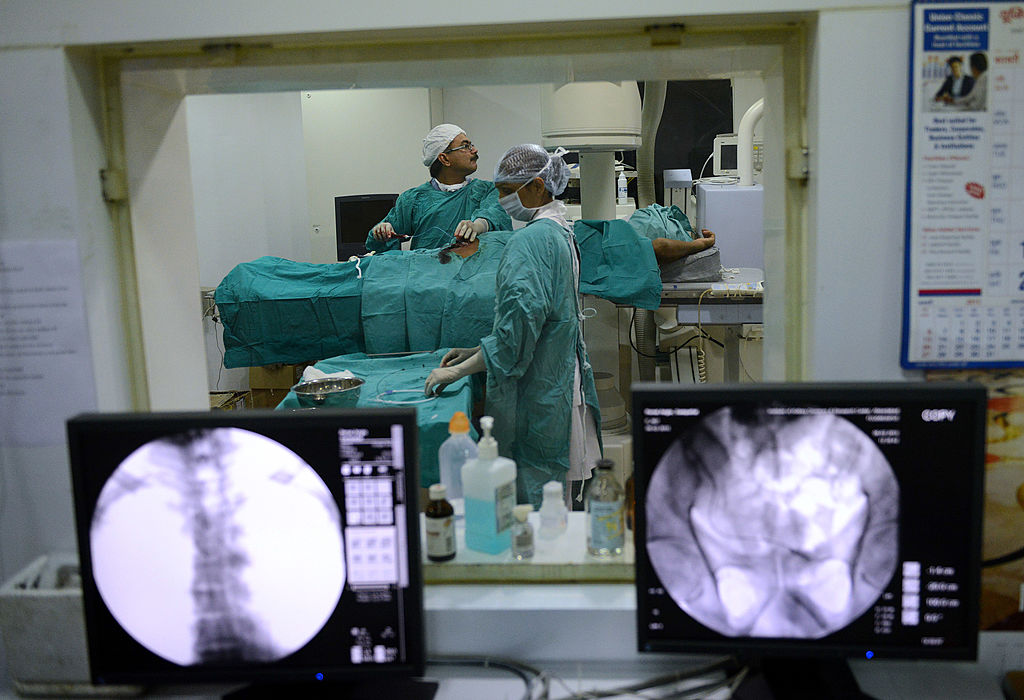Scientists have recently unveiled the most comprehensive atlas of the human fetal kidney to date. This groundbreaking research, which is set to be presented at ASN Kidney Week 2023 from November 1 to 5, aims to advance our understanding of kidney development and diseases, according to a report by Medical Xpress.
The atlas, created by examining the gene expression patterns of single cells from five fetal kidneys, provides a detailed map of the journey cells undertake during fetal development. It outlines the various transitions cells go through and sheds light on properties associated with both common and rare genetic kidney disorders.
The research has been successful in discerning cellular transitions and identifying influential genes driving these changes. Dr. Jonathan Levinsohn of the Children’s Hospital of Philadelphia emphasized the importance of these findings, as they enable the creation of a detailed map illustrating various developmental stages. These findings align with previous studies in mice, confirming that tubular cells stem from a distinct population.
Additionally, the study explores the genetic underpinnings of rare kidney malformations. By analyzing specific genes linked to these anomalies, researchers have identified cell states that are more susceptible to abnormalities.
The investigation also touched upon the heritability of adult kidney traits, providing evidence that certain fetal cell states may have subtle influences on kidney health later in life.
This extensive atlas will serve as a critical resource for the scientific community, as it paves the way for deeper insights into kidney development and associated pathologies. By identifying the intricate cellular processes at play during fetal kidney development, researchers aim to unlock new avenues for the diagnosis and treatment of kidney-related conditions.
Dr. Levinsohn stated, “We were able to identify cellular transitions and the genes that appear to push toward these transitions, making a map of developmental states and showing that tubular cells are derived from a separate population than podocytes, as has been shown to be the case in mice.”
This research represents a significant leap forward in understanding the mechanisms governing human kidney development and their potential implications for clinical practice.
The atlas of the human fetal kidney provides valuable information that can contribute to the diagnosis and treatment of kidney diseases. It is a culmination of intensive research and analysis, offering a comprehensive guide to the intricate processes involved in kidney development.
Overall, this groundbreaking study will undoubtedly shape the future of kidney research by providing crucial insights into the development and disorders of this vital organ.

I have over 10 years of experience in the cryptocurrency industry and I have been on the list of the top authors on LinkedIn for the past 5 years. I have a wealth of knowledge to share with my readers, and my goal is to help them navigate the ever-changing world of cryptocurrencies.




